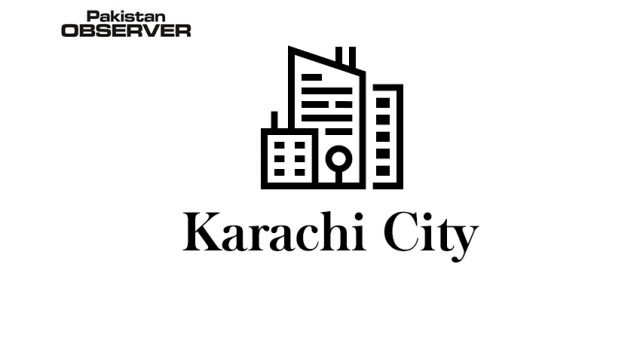City Reporter
There has been a decline of Rs. 442 billion in FBR revenues due to the pandemic, which is less than half as compared to the loss of Rs. 900 billion that was mentioned in the Budget Speech 2020-21.
The total shortfall in tax revenue exceeded Rs. 1.6 trillion, which also led to a massive decline in fiscal transfers to provinces. However, the pandemic has just exacerbated the poor performance of FBR since the shortfall would have been around Rs. 1,200 even in the absence of COVID-19.
IBA Executive Director Dr. S Akbar Zaidi expressed his views at the e-launch ceremony of book titled Policy Response during Challenging Times: Insights from the Federal Budget 2020-21 and the Way Forward, organized by the Department of Economics, IBA.
The authors of the book – Dr. S Akbar Zaidi, Dr. Asma Hyder, Dr. Qazi Masood, Dr. Muhammad Sabir, Dr. Wali Ullah, Dr. Adnan Haider, Dr. Aadil Nakhoda and Mr. Asif Iqbal, during a panel discussion, highlighted that in order to achieve the targeted GDP growth of 2.1% in FY21, the government needs to increase public investment by about 29% to 32% along with easing the provision of credit to the private sector by about 32 to 35%. However, the private credit channel may not work in this pandemic situation as private investors are hesitant to invest in this uncertain and vulnerable situation.
The speakers also pointed out that according to their estimates, even the medium level impact will push 45.5 million additional individuals below the poverty line, with the total number of the poor approaching 94.6 million (41.4% of the total population).
At the provincial level the worst situation – in terms of the percentage of poor population – is projected in Balochistan (68.9%), followed by KP (49.8%), Sindh (44.4%), and Punjab (34.5%).
Dr. Zaidi emphasized the need for an innovative policy stance which should be opted to support households from different socioeconomic classes during this difficult time. He showed his concerns about an expected increase in inequality and a decline in socio-economic indicators due to the COVID-19 shock.









